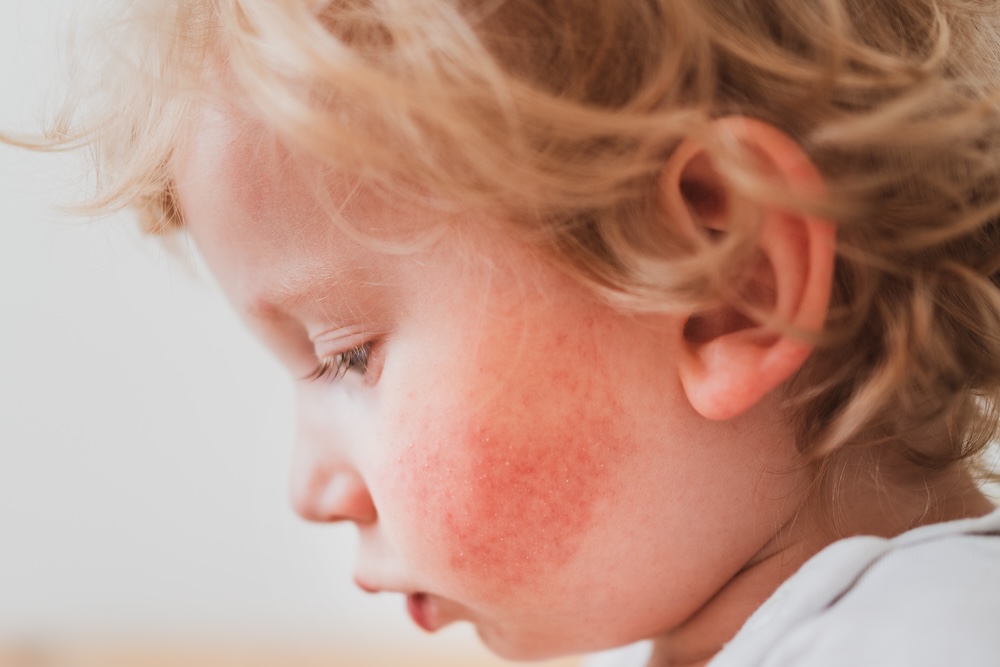Sun safety is important for all months of the year, even in winter, but it’s especially important during the summer season when the days are longer and children spend more time outdoors in warmer weather. While getting some sunlight is beneficial and provides the body with Vitamin D, boosts mood, and regulates sleep, too much exposure can cause sunburn and skin cancer and damage the hair and eyes. Read on for our guidelines to protect your children from the sun’s harmful UV rays.
It’s important for babies under 6 months to avoid direct sunlight as their skin is more sensitive. When they are outside, keep them under the shade, i.e. an umbrella or the canopy of their stroller. For older children, have them use a liberal amount of sunscreen on all areas where the skin is exposed. Sunscreen should be applied even on cloudy days as up to 80% of the sun’s UV rays can still get through. Make sure your children apply sunscreen 15 to 30 minutes before going outside as it takes time for it to absorb. Sunscreen should also be reapplied every 2 hours and after swimming or sweating, even if the sunscreen is labeled as water-proof.
When it comes to choosing the best sunscreen, it is recommended to use one with a “broad-spectrum” label, which means that the sunscreen protects the skin from both UVB and UVA rays. You should also choose sunscreen that has a sun protection factor (SPF) of at least 30. It’s best to avoid sunscreen that contains the ingredient oxybenzone as there are concerns of mild hormonal properties.
Even with sunscreen, children should not spend long periods under the sun as sunscreen does not provide 100% protection. Try to limit sun exposure during the peak hours which is usually between 10am and 4pm. You can also dress them in clothing that covers most of the skin, though it’s best to keep clothes loose and lightweight so your child isn’t overheated or uncomfortable. Hats are particularly useful to wear to prevent hair damage from the sun. It’s also important that your child wears sunglasses with 99% UV protection to keep their eyes safe.
If your child ever does get a sunburn, it’s important to treat it immediately. A sunburn can appear 6 to 12 hours after exposure. If you see one, apply a cool compress or ice pack to the affected area. Keep your child out of the sun until the sunburn is fully healed. Most sunburns will heal after a few days with basic treatment. However, if the sunburn is more severe, it can take a few weeks to heal. In the meantime, you’ll want to make sure that your child stays hydrated to replace lost fluids. If your child experiences pain or extreme discomfort, you can give them acetaminophen (or ibuprofen for children older than 6 months) to help them feel better.
If the sunburn becomes infected or causes blisters, fever, chills, light-headedness, or headaches, call our pediatrician right away. For any other questions or concerns about summer safety, you can also contact our office.



